During both World War I and World War II, people with land (even small parcels) planted victory gardens — also known as war gardens or food gardens for defense.
It was a means to feed the family, to supplement the restrictions enforced with rationing, and to ease the food chain. Victory gardens provided people with hope for a better future. There’s something about gardening that promotes and encourages inner healing.
With the world pandemic of COVID-19 closing international borders, the food supply chain is severely hampered. People are hoarding products to make sure they have what they need for the months ahead. Whilst we might not be able to grow toilet paper (the latest hoarding fad), we can certainly find alternatives to get us through the shortage.
I remember cottage life in the 1960s. We’d spend rainy days cutting up squares of newspaper for the outhouse. More important now, however, is the food chain. We all need to eat and whilst we may not be able to keep cows to produce milk, we can certainly grow a considerable amount of our own food. Even indoors.
What Was Planted In Victory Gardens?
Fruits and vegetables were planted in victory gardens, not only to supplement the household diet during years of rationing but also to provide fresh food for the troops in training, on the home front, and overseas.
The main crops included potatoes, beets, cabbage, carrots, lettuce, and other common vegetables. Herbs were also grown for both their medicinal purposes and their ability to add a touch of flavor to an otherwise bland food dish.
During the era of victory gardening, Swiss chard and kohlrabi were introduced to the U.S. market because these crops were so easy to grow. People were also encouraged to raise their own chickens to supplement the much-needed supply of eggs and poultry meat.
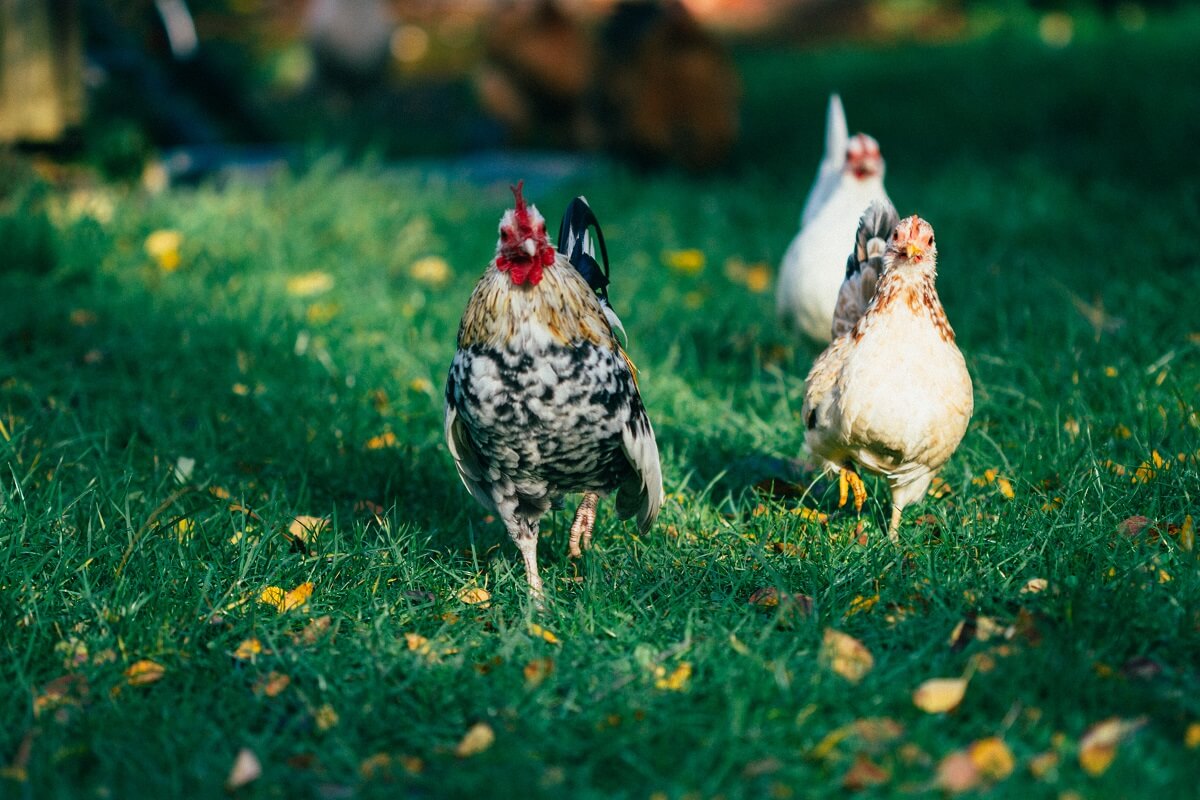
Every available space was used for these victory gardens including front yards once adorned with flower gardens, flat rooftops of gravel and tar otherwise left bare, and even public green space. Every grow-able space was transformed into victory gardens.
During the WWI, President Woodrow Wilson grazed sheep on the front lawn of the White House. During the WWII, Eleanor Roosevelt planted a victory garden on the front lawn. At the peak of WWII, the U.S. alone boasted over 20,000,000 victory gardens!
What Did Victory Gardens Do?
As much as it was needed to supplement the diet of the general population, victory gardens were a great morale booster. In my opinion, planting gardens of any kind have that effect on a person. Victory garden planting made the participants feel like they were doing something useful to contribute to the war effort. The reward, of course, was the feeling of accomplishment when the harvest brought in bounty to add to the table.
Victory gardens were more than a popular fad. They were a part of daily life on the home front in many countries around the world. Even schools became active in the project. School children were taught how to grow their own food and the benefits of doing so; it was an active project incorporated into the education curriculum.
President Wilson stated “Food will win the war.” This spurred everyone on the home front into action. During WWII, Great Britain and Australia had a Dig for Victory campaign to supplement the dwindling food stores.
The idea also promoted community events, uniting people on the home front. There were festivals and competitions to honor and reward the gardeners and their produce. People became involved in the Victory Garden movement because they saw it as an opportunity to help the war effort — not just in growing their own food, but also in lightening the load on the supply chain.
Related Post: Meet the Urban Gardeners Taking Advantage of Spare Spaces [Video]
Since there were dire labor and transportation shortages, it was difficult to transport fruits and vegetables from the farms to markets. This lessened the pressure to transport needed food supplies to communities and the men and women at various training camps across the country. It freed space on rail cars and transport trucks to move other more essential goods needed for the war effort.
The Main Goals Of Victory Gardens
Whether we are fighting a global war or pandemic, or merely trying to keep ahead of the ever-growing cost of living, the idea of victory gardens holds merit in today’s complicated world.

Here are the original goals of victory gardens which can still be adapted to today’s world.
- Encourage individual citizens and community groups to assist in the production and consumption of fresh vegetables and fruits; the end result being that all of us together become a stronger and healthier nation.
- Educate and encourage individual citizens and community groups to learn and implement proper storage and preservation of produce grown in these victory gardens, so the benefits of these gardens can extend well beyond the growing season.
- Contribute to the war effort by supplying much needed fresh fruits and vegetables to serving men and women in training facilities across the country.
- Provide a more economical means for families facing dire rationing restrictions and costly increases in food supplies; maintain a healthy diet.
- Bring communities together (both rural and urban) by using all available growing space to nurture much-needed produce. Note: In urban areas, this saw an increase in the ideal of community gardens and people assuming the responsibility for their own plots.
- Improve individual and community physical and psychological health by working the soil, seeing and enjoying the fruits of one’s labor, and enjoying the community togetherness as a recreational activity as well as good physical exercise.
We all need the exercise, and we need to eat. We can certainly benefit from the psychologically positive vibes soaked up from tilling the earth, or planting some pots.
What’s Growing In My Victory Garden?
I actually began my victory garden for 2020 back in January. My husband gave me a desktop growing kit for Christmas — long before the fear of COVID-19 registered as a worldwide concern. The kit included a grow light and tray for pots of lettuce and herbs.
Lettuce
Since Christmas, I’ve been growing my own lettuce. And for the second year in a row, there’s been a massive recall of Romaine and other lettuces due to E. coli contamination.
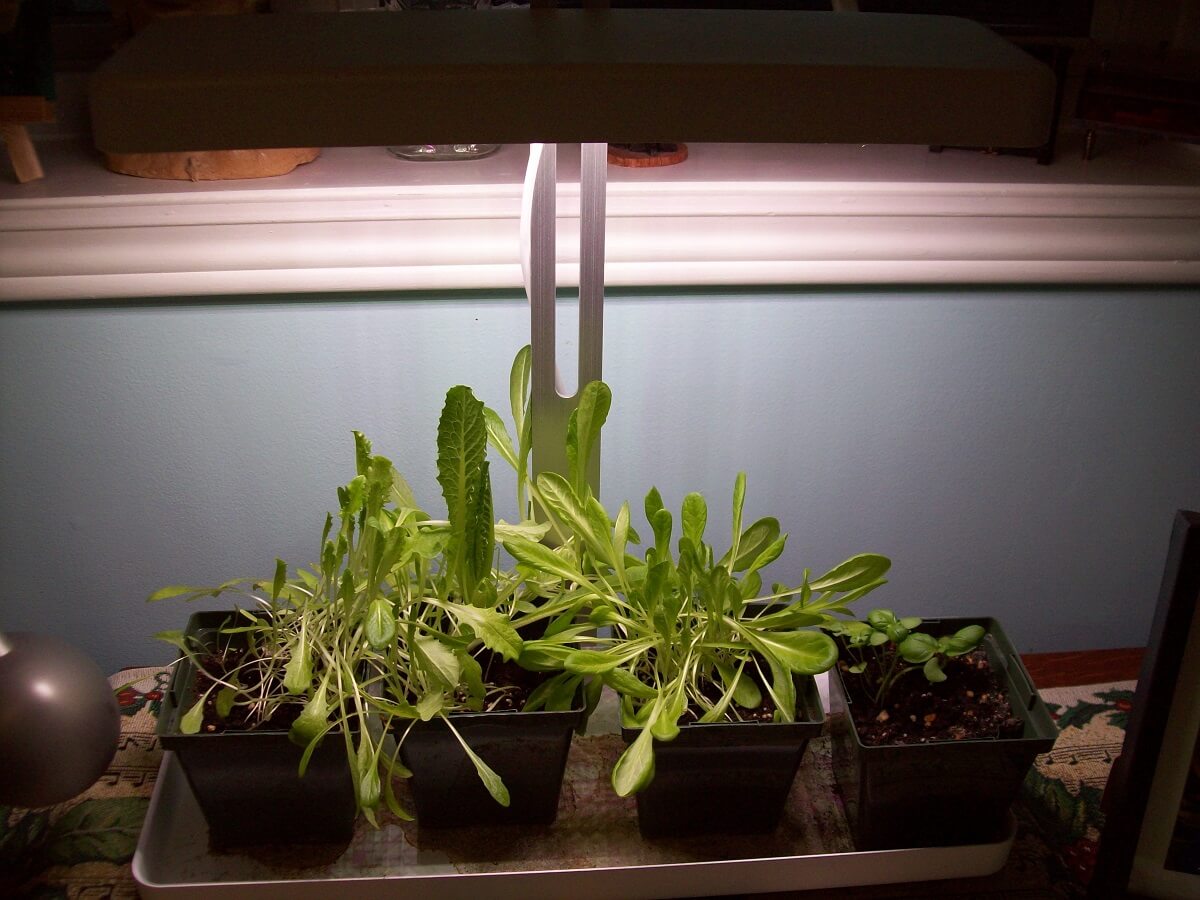
I don’t eat a lot of lettuce and I might not be able to serve a huge gathering of guests (which we can’t do at the moment anyway), but I do enjoy it in sandwiches and the occasional salad. Growing it indoors during the cold winter months means I can monitor and control the safety of my product. The leaves are small but delicious.
Related Post: A Guide To Growing Lettuce Indoors For Fresh, Delicious Greens All Year Round
Now that the snow is pretty much gone, I’m planning my outdoor vegetable garden more intensely, and focusing on what I can harvest for immediate consumption, and what I can preserve for use in the winter by freezing or canning. I’ll move my lettuce patch outdoors, of course, and grow it in greater quantities.
Onions, Tomatoes, Peppers, And Cucumbers
Summer is more the time for salads (at least in my opinion) so I’ll grow some green onions, tomatoes, peppers, cucumbers, and my favorite herbs (sweet basil, parsley, and chives) to add to summer salads. I’ll also use the tomatoes and herbs to make huge batches of tomato soup to freeze for the coming winter months.
Root Vegetables
I’ll also grow my root crops of potatoes and carrots to enjoy them fresh and keep some in cold storage for the winter.
Basil
My drying rack already has its first stems of sweet basil, collected from my indoor lettuce garden where a pot is sprouting sweet-smelling bunches of this favorite herb.
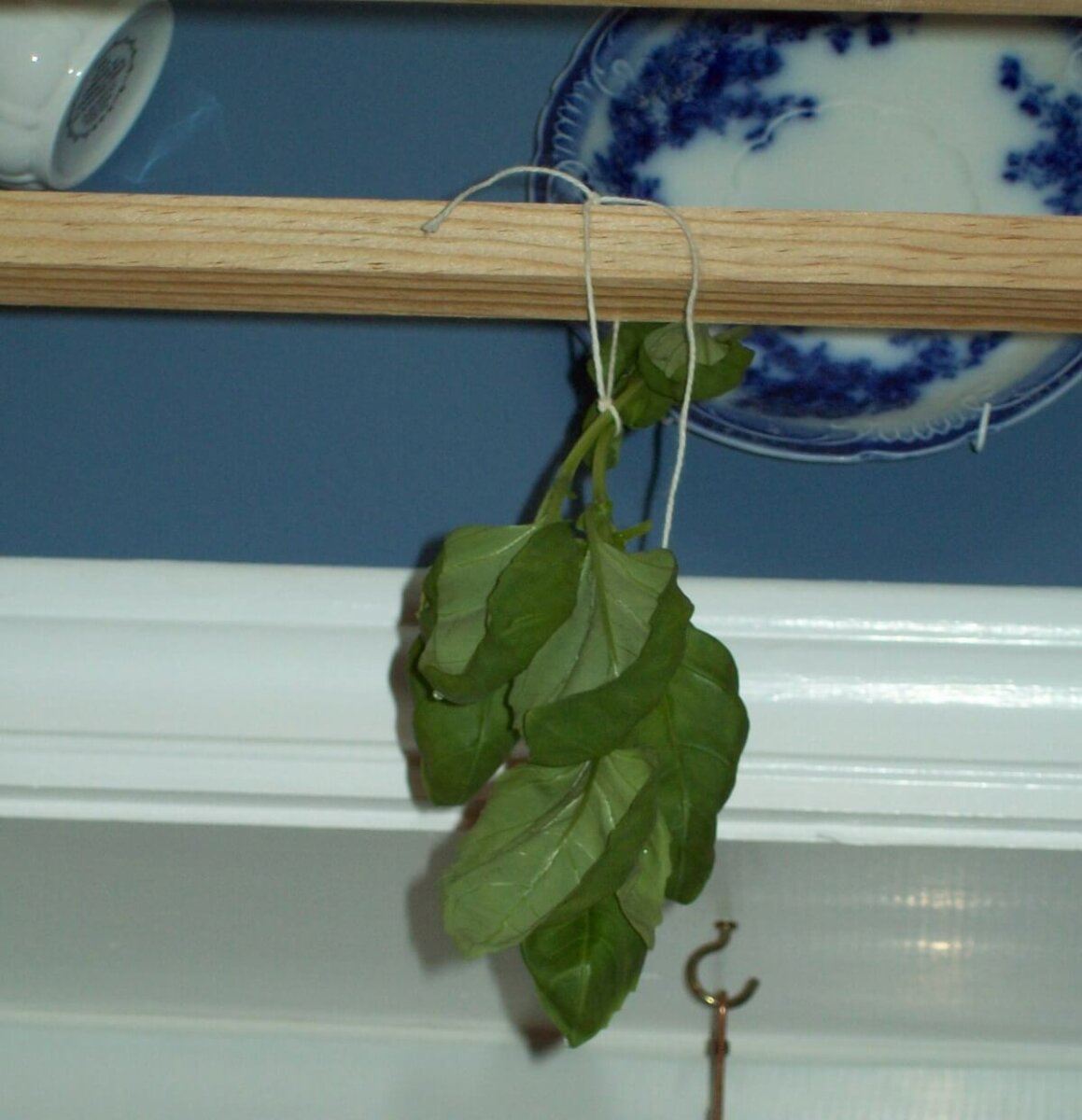
It looks lonely hanging over my kitchen sink, but the rack is ready to hang the herbs I’ll soon harvest from my outdoor garden. The herbs will spice up my food all winter long, and I’ll freeze some (especially the chives as they freeze well) to add later to soups and stews.
Zucchini
And then there’s zucchini. As long as the squirrels don’t nibble more than their share, I usually have a healthy crop of zucchini for my many recipes. Anything extra, I’ll grate and freeze to use in zucchini muffins and breads during the winter months.
Rhubarb And Grapes
As for fruits? I have a large rhubarb patch that fills my pies in the summer and my freezer in the winter. And the wild grapes — that strangle the rock wall marking the perimeter of my property every summer — will provide the fruit I desire for a delicious jam.
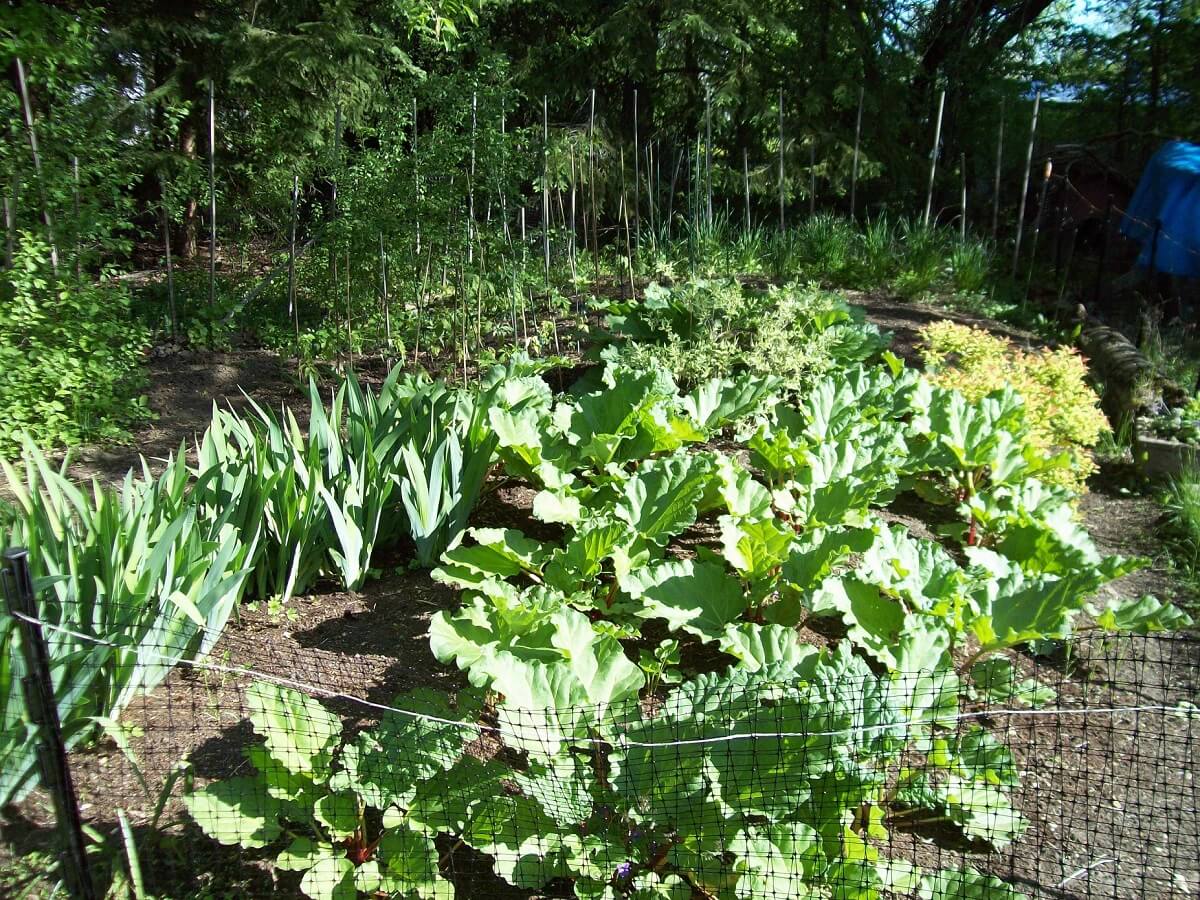
That’s what my COVID-19 victory garden looks like. I may grow more than usual to share with family and friends. Some things, like my herbs, I’ll grow in pots which I may bring indoors in the fall. And of course, come fall, I’ll start my indoor lettuce garden again.
Related Post: Homestead Stories: Great Grandpa’s Rhubarb
If you don’t have the outdoor garden space, consider a balcony garden and grow your food in pots — or even indoors. There’s nothing like watching your own food grow to ease the tension created by the world around you. So, why not grow your own COVID-19 victory garden, either outdoors or indoors, as a means to help you get through the challenges of daily living?
Gardening is good for the soul as well as the body. Exercise, positive energy, and good nutrients in the dirt we dig, sustain on our health and wellbeing — both physically and psychologically. I always knew Mom was right to allow me to make mud patties as a child, and I continue to love the feel of dirt between my fingers. What a psychological boost it is.


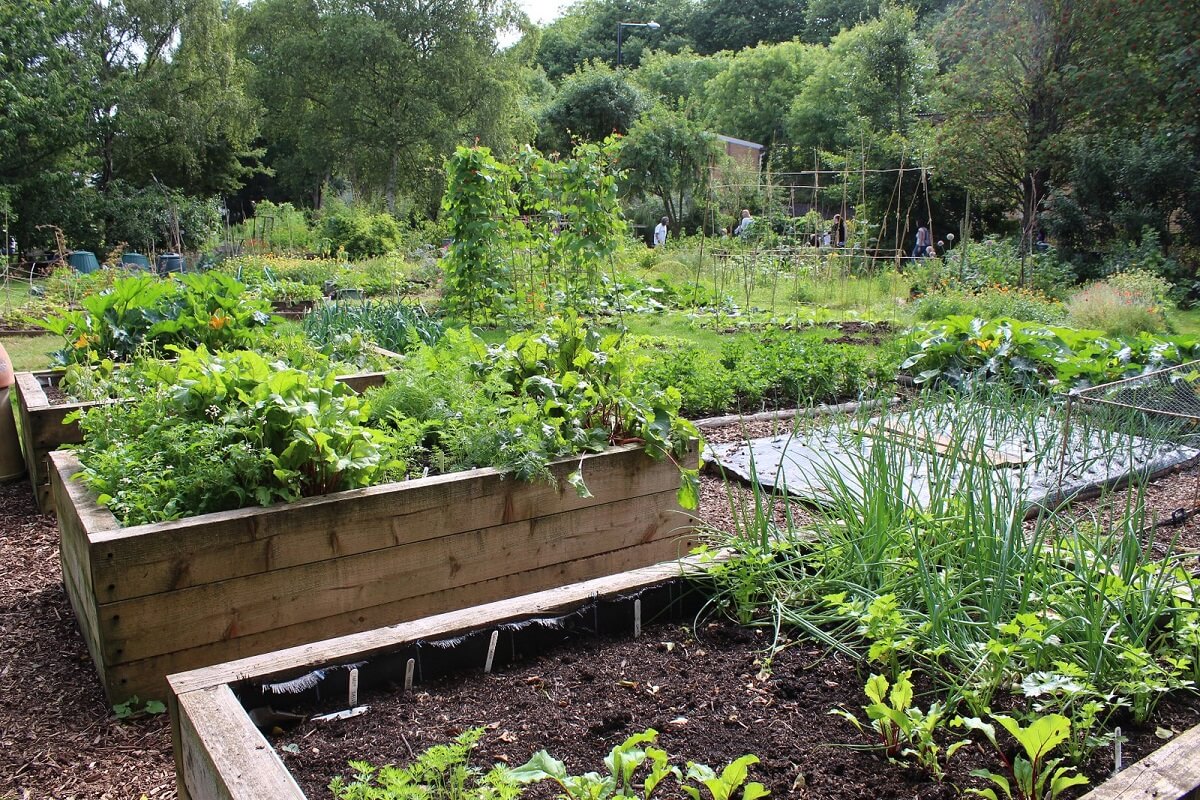
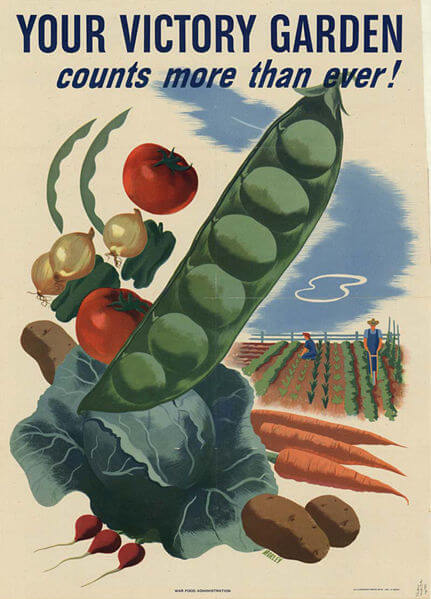


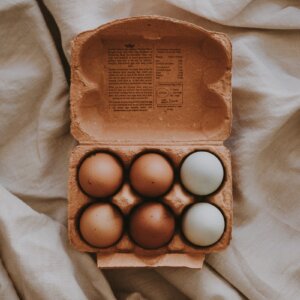
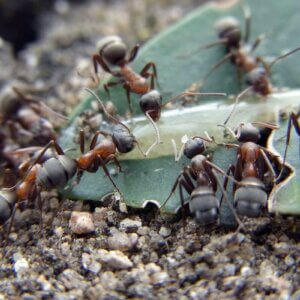


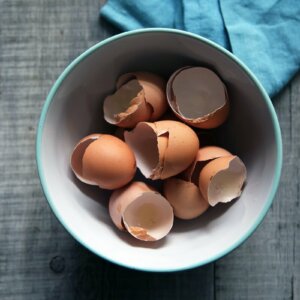

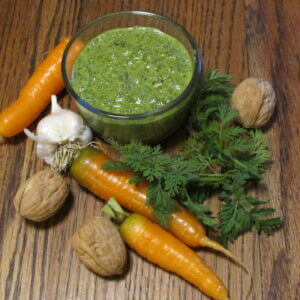
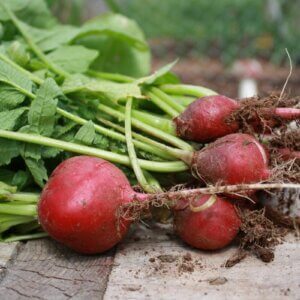




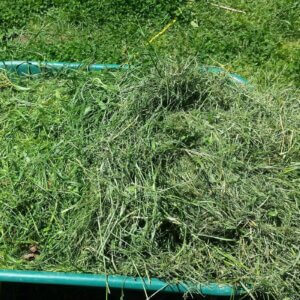


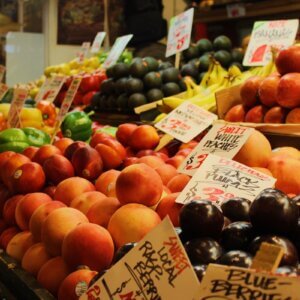
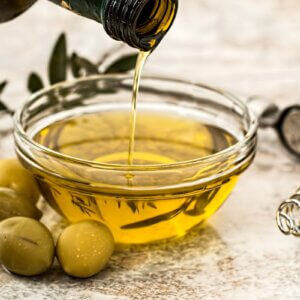
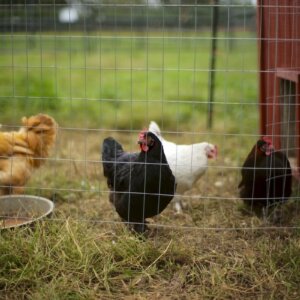

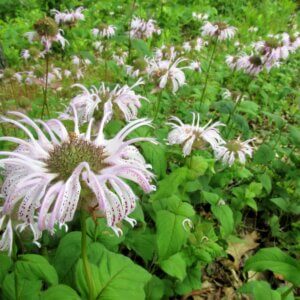

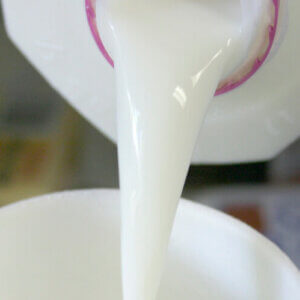





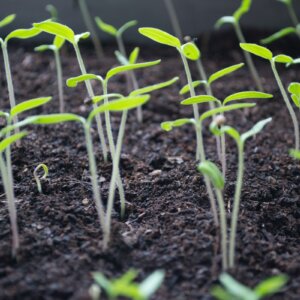
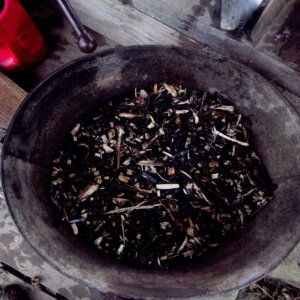


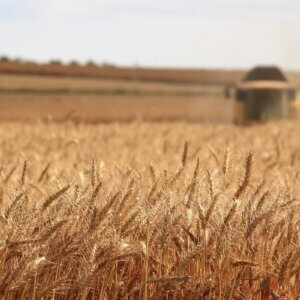
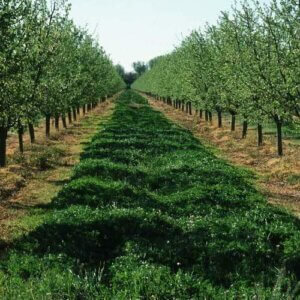
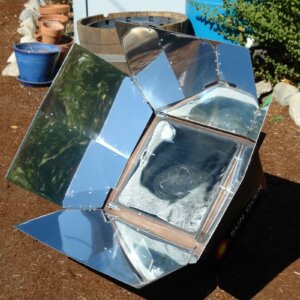

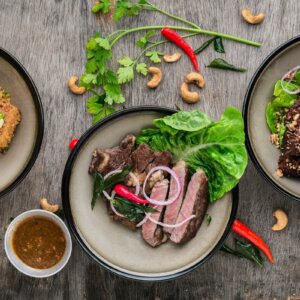
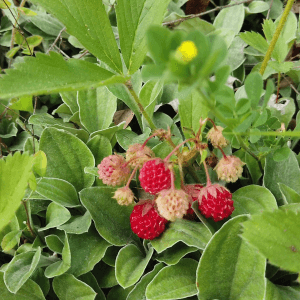
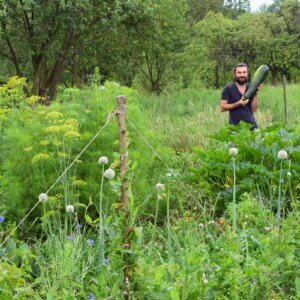
Leave a Reply